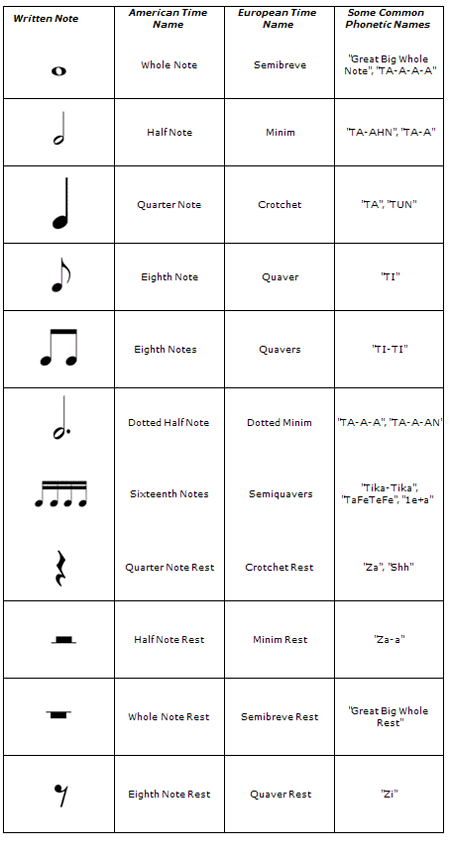Rhythm
Another important aspect of the musical sound is duration. Every sound used in a musical composition has a particular length (duration). A succession of this lengths are forming the rhythm.
A good understanding of rhythm is essential for a producer especially when we are talking about drum programming, because when it comes to dance music the drum track is probably the most important, in the end is the beat that we dance to. But of-course understanding the rhythm also bring you the base when it comes to melody and harmonic composition. Harmonies and chords also gave their particular rhythm called harmonic rhythm.
Beat
Musical time is divided into regular beats, or pulses of a consistent duration. Regardless of whether the music has a percussion track, an ability to listen to and to understand the music heard depends upon the ability to pick up and fallow the beat.
Tempo
Evert beat can have his speed. This speed is called in music tempo and is measured in BPM. I am sure that many of you have heard about 128 BPM ( beats per minute ) that is the perfect beat tempo as your heart is beating at that range. This is just a myth, our heart actually beat somewhere at the range of 80 bpm, but what is scientifically discovered is that when hearing BPM higher then our heart range it tend to stimulate and excite. In the opposite way we can thing that lower tempos then our heart beat tend to calm.
Styles and BPM: Ambient music 50 to 100 BPM | Hip-Hop 70-95 BPM | Deep House & Techno 110-130 BPM | Trance 130 -145 BPM | Hard Dance/ Hardcore 145 - 170 BPM | Drum'n'Bass 160 - 180 BPM
Note Lengths
The music world has two different ways of notation for the note lengths. The english way and the American way. In electronic music production the DAW tend to use the American way. As you can see in the table we have Whole Notes, Half Notes, Quarter Notes etc ...
Dotted Notes extends the value of a note by another half. Hear we can understand that a dotted half note is basically a three quarter note.
Rests can be explained as pattern of sounds and silences. Silence is also extremely important in music.
Another important aspect of the musical sound is duration. Every sound used in a musical composition has a particular length (duration). A succession of this lengths are forming the rhythm.
A good understanding of rhythm is essential for a producer especially when we are talking about drum programming, because when it comes to dance music the drum track is probably the most important, in the end is the beat that we dance to. But of-course understanding the rhythm also bring you the base when it comes to melody and harmonic composition. Harmonies and chords also gave their particular rhythm called harmonic rhythm.
Beat
Musical time is divided into regular beats, or pulses of a consistent duration. Regardless of whether the music has a percussion track, an ability to listen to and to understand the music heard depends upon the ability to pick up and fallow the beat.
Tempo
Evert beat can have his speed. This speed is called in music tempo and is measured in BPM. I am sure that many of you have heard about 128 BPM ( beats per minute ) that is the perfect beat tempo as your heart is beating at that range. This is just a myth, our heart actually beat somewhere at the range of 80 bpm, but what is scientifically discovered is that when hearing BPM higher then our heart range it tend to stimulate and excite. In the opposite way we can thing that lower tempos then our heart beat tend to calm.
Styles and BPM: Ambient music 50 to 100 BPM | Hip-Hop 70-95 BPM | Deep House & Techno 110-130 BPM | Trance 130 -145 BPM | Hard Dance/ Hardcore 145 - 170 BPM | Drum'n'Bass 160 - 180 BPM
Note Lengths
The music world has two different ways of notation for the note lengths. The english way and the American way. In electronic music production the DAW tend to use the American way. As you can see in the table we have Whole Notes, Half Notes, Quarter Notes etc ...
Dotted Notes extends the value of a note by another half. Hear we can understand that a dotted half note is basically a three quarter note.
Rests can be explained as pattern of sounds and silences. Silence is also extremely important in music.


Comments
Post a Comment